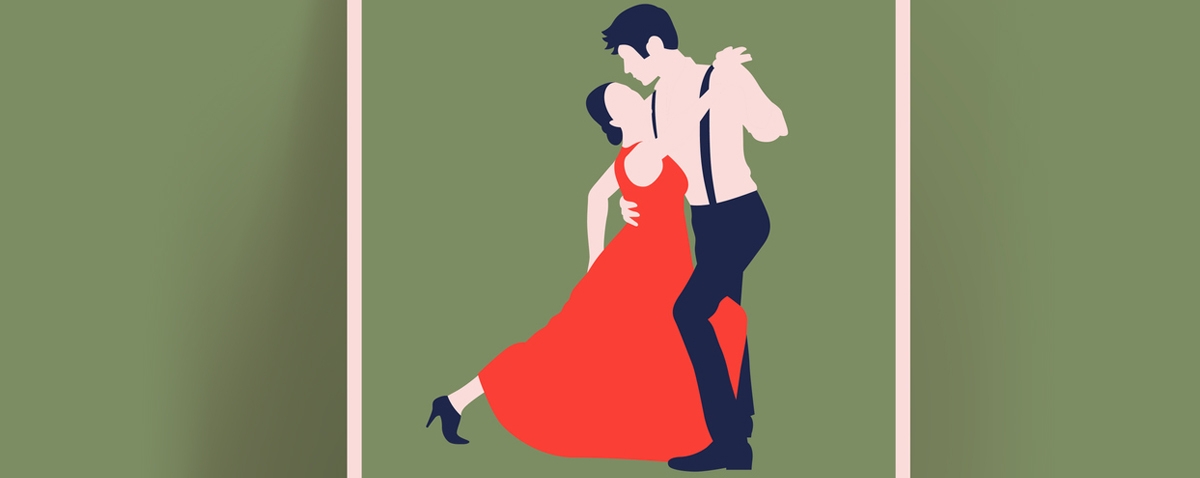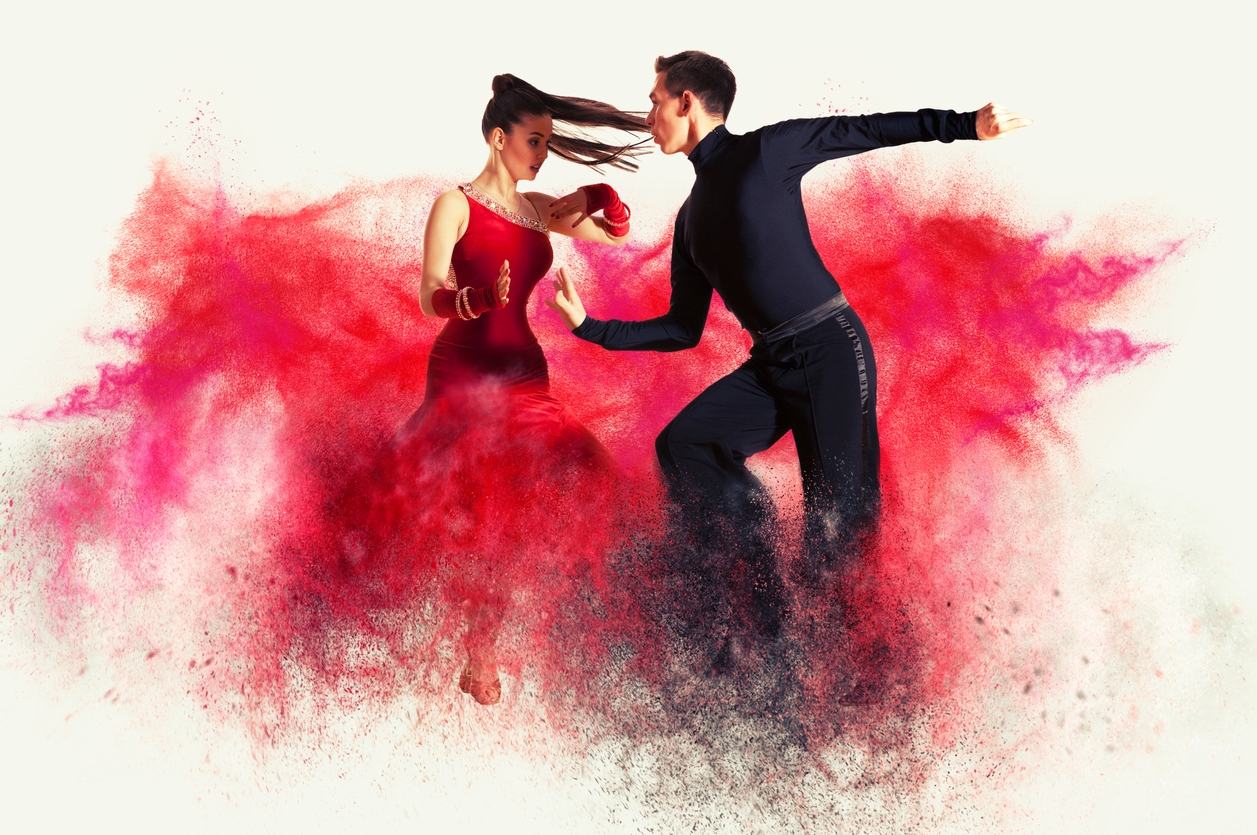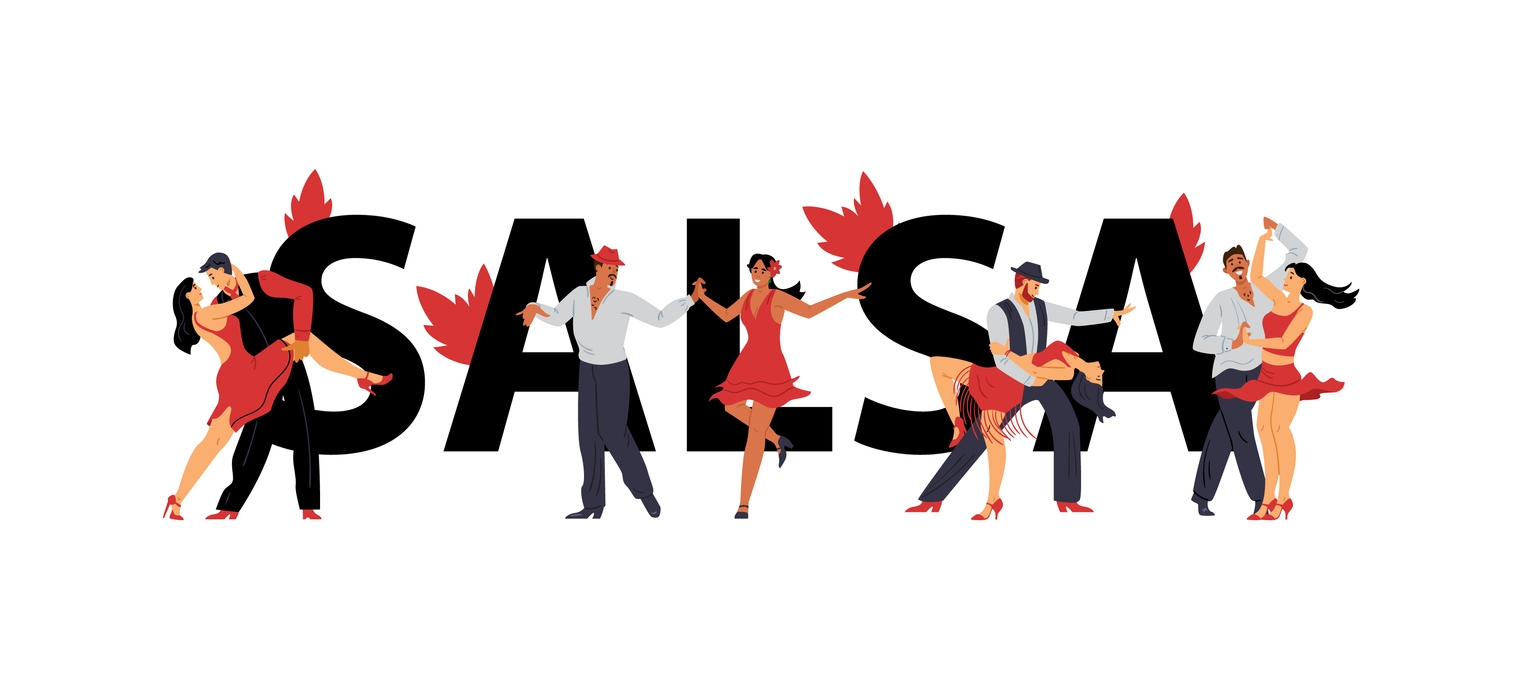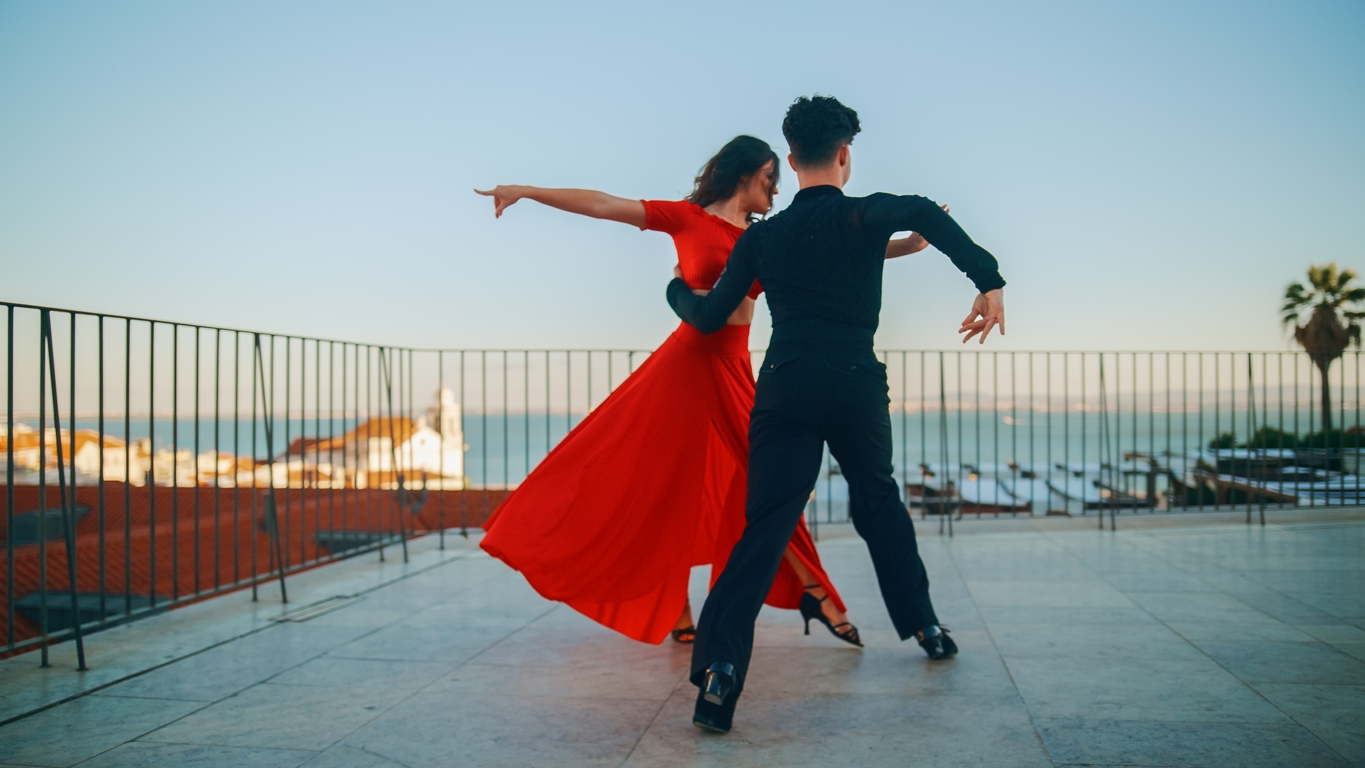Salsa is among the most popular Latin dances in the world. It originated in the Central American country of Cuba. The country’s rich musical history allowed a lot of Latin dances to thrive, grow, and transform into new forms, which led to the modern Salsa music and dance that we know today. With this, different styles of Salsa have also emerged, each with its own unique characteristics and influences.
In this post, we are going to explore the history of each Salsa dance style. By doing this, we will be able to gain a deeper appreciation for the rich cultural heritage behind Salsa’s vibrant and dynamic dance form. Check the infographic below to learn more about the history of different Salsa dance styles.
Brief History of Salsa Dance
Salsa dance has its roots in the Caribbean, particularly in Cuba, Puerto Rico, and the Dominican Republic. It was around the 1940s and the 1950s when the dance style emerged, blending the elements of African, European, and indigenous music and dance. Eventually, Salsa music and dance spread throughout Latin America and made their way to the United States in the 1960s.
In the United States, Salsa dance evolved into a vibrant social dance scene. There were different styles of Salsa dance that emerged in cities like New York, Los Angeles, and Miami. Each style of Salsa dance has its own unique characteristics. They are influenced by the culture, music, and history of the region where it developed.
At the present time, Salsa dance continues to be a popular and dynamic dance form. In fact, there are global communities of dancers and enthusiasts of Salsa. Aside from that, it has also influenced other dance styles, including merengue and bachata. Salsa dance continues to evolve and innovate with new techniques and styles.
Salsa Dance Styles
New York Style
History: While Salsa originated in Cuba, it became more popular when it arrived in New York. Local musicians and many Latino immigrants, mostly from Puerto Rico, began adapting it to local tastes. New York-style Salsa is also known as Salsa On Two. Its roots originated in the 1960s in New York City.
Characteristics: New York-style Salsa is more compact compared to other Salsa styles as the dancers stay closer together. It puts emphasis on footwork, timing, precision, and body isolation. Dancers also separate from each other to perform “shines” or individual footwork patterns. The moves of New York-style Salsa likely draw inspiration from New York tap and swing.
LA Style
History: Los Angeles style, popularly known as LA style or Salsa On One, is popular on the West Coast of the United States and other parts of Europe. This Salsa dance style originated in the 1990s, making it the most modern type among the various Salsa dance styles.
Characteristics: The dance borrows elements from Colombian Salsa, Latin ballroom, and Latin hustle. It is characterized by mechanics and structure. It puts emphasis on fast spins, complicated footwork, and shine steps. Dancers also combine jazz and hip-hop moves with ballroom dance and, other times, acrobatics.
Cuban Style
History: Cuban-style Salsa is also known as Casino in Cuba. It is a popular dance in Latin America, North America, and Europe. In Cuba, it originated in the 1950s, when the locals danced barefoot to Cuban music.
Characteristics: Cuban style or Casino style Salsa borrows rhythm from other dances, including Cuban Son, Cha-Cha, danzon, and guaracha. It features hip movements and pulsing body actions that come from Afro-Cuban, mambo, Reggaeton, and rumba influences. It is also more casual and relaxed compared to other styles, as there are no strict rules.
Salsa Rueda de Casino
History: Salsa Rueda de Casino or Casino Rueda is a variation of Cuban-style Salsa. It is named after the Spanish word “rueda,” which translates to wheel or circle.
Characteristics: Salsa Rueda de Casino is a group dance version of Cuban Salsa. Two or more couples form a big circle, and they will dance as a crew. A caller from the group will shout out the moves, and everyone will follow. As the music goes on, couples can switch partners and dance on command.
Miami Style / Miami Casino
History: Miami Salsa is also known as Classico. It is also a dance style that evolved from Cuban Salsa. Its history can be traced back to the 1960s when Cuban migrants arrived in Florida. They brought Cuban Salsa and incorporated American-influenced movements in order to make the Miami Salsa that many people know today.
Characteristics: Miami Salsa borrows most of its moves from the Cuban style. It is danced in a circular manner but in a flamboyant way. It focuses more on intricate and interconnected arm movement, requiring a relaxed and flexible upper body for performing advanced steps. It has more complex footwork with the addition of the diagonal back step.
Colombian Style / Cali Style
History: Colombian-style Salsa is also known as Cali style. It originated from the cumbia dance. This Salsa style is widely performed in Colombia, particularly in Cali. There is a dance festival entirely dedicated to Salsa, which is called the Salsa al Parque. This Salsa style is also popular in Latin America.
Characteristics: Colombian style Salsa is danced to cumbia music. It has the distinctive sound of the accordion, which guides the performers. It also borrows most of its moves from the cumbia dance, which is a folk dance from Colombia. It is known for its intricate and rapid footwork with a few lifts and tricks.
Ballroom Salsa
History: Ballroom Salsa is popularized in the late 20th and early 21st century.
Characteristics: Ballroom Salsa is usually danced by partners with prepared performances who know what song will be played. It is often practiced by professionals or by dance pairs who are aiming to showcase their Salsa skills.
Sources:
http://www.dancefacts.net/salsa/history-of-salsa/
http://www.dancefacts.net/salsa/history-of-salsa/
https://www.salsavida.com/articles/different-styles-of-salsa-dancing/
https://penaltyfile.com/types-of-salsa-dance/





